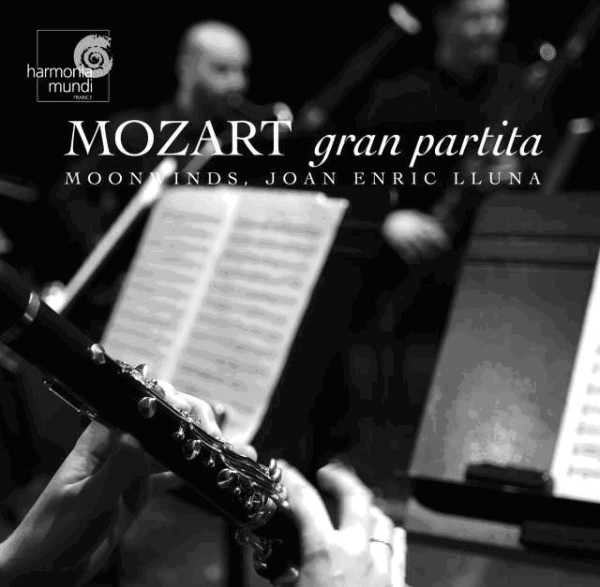
kompozytor
Mozart, Wolfgang Amadeus
tytuł
Mozart: Gran Partita
wykonawcy
Moonwinds;
Lluna, Joan-Enric
Lluna, Joan-Enric
nr katalogowy
HMI 987071
opis
In the last third of the 18th century, the wind ensemble became popular in music, an instrumentation which had its home in Bohemia. The Kingdom of Bohemia with its capital Prague, still an influential part of the Roman-German Empire in the Middle Ages, had become a neighbouring country of Austria under the rule of the Habsburgs. In the 18th century, numerous Bohemian musicians, who had no career prospects in their homeland, emigrated to Western Europe and gained fame there. For example, father and son Stamitz in Mannheim and the Benda family in Berlin. Mannheim in particular had a formative influence on the development of the modern symphony orchestra, and since many of the Bohemian musicians played wind instruments, wind ensembles of six to nine members were formed within the new orchestral landscape, enchanting their contemporaries with their mixed sound of oboes, horns, clarinets, flutes and an accompanying double bass. These ensembles, known as "harmony", were able to provide music rich in sound colour in larger rooms and at open-air events at sufficient volume with little means. Thus "Harmonie" became the most important entertainment ensemble of the epoch, and "Harmoniemusik" was highly fashionable: serenades and divertimenti resounded in the banqueting halls of the nobility and wealthy citizens or as birthday serenades in front of the houses of jubilarians. Potpourris of melodies from popular operas were particularly popular, as evidenced by a letter from Mozart to his father, in which he says that he must put an end to the present writing quickly, as he still has to arrange a "harmony" to his latest opera: "...otherwise someone else will beat me to it and take the credit instead of me"
nośnik
CD
gatunek
Muzyka klasyczna
producent
Harmonia Mundi
data wydania
08-02-2007
EAN / kod kreskowy
8427592000928

(Produkt nie został jeszcze oceniony)
cena 64,00 zł
lubProdukt dostepny w niewielkiej ilości.
Wysyłka w ciągu 3 dni roboczych
Darmowa wysyłka dla zamówień powyżej 300 zł!
Darmowy kurier dla zamówień powyżej 500 zł!
sprawdź koszty wysyłki

































